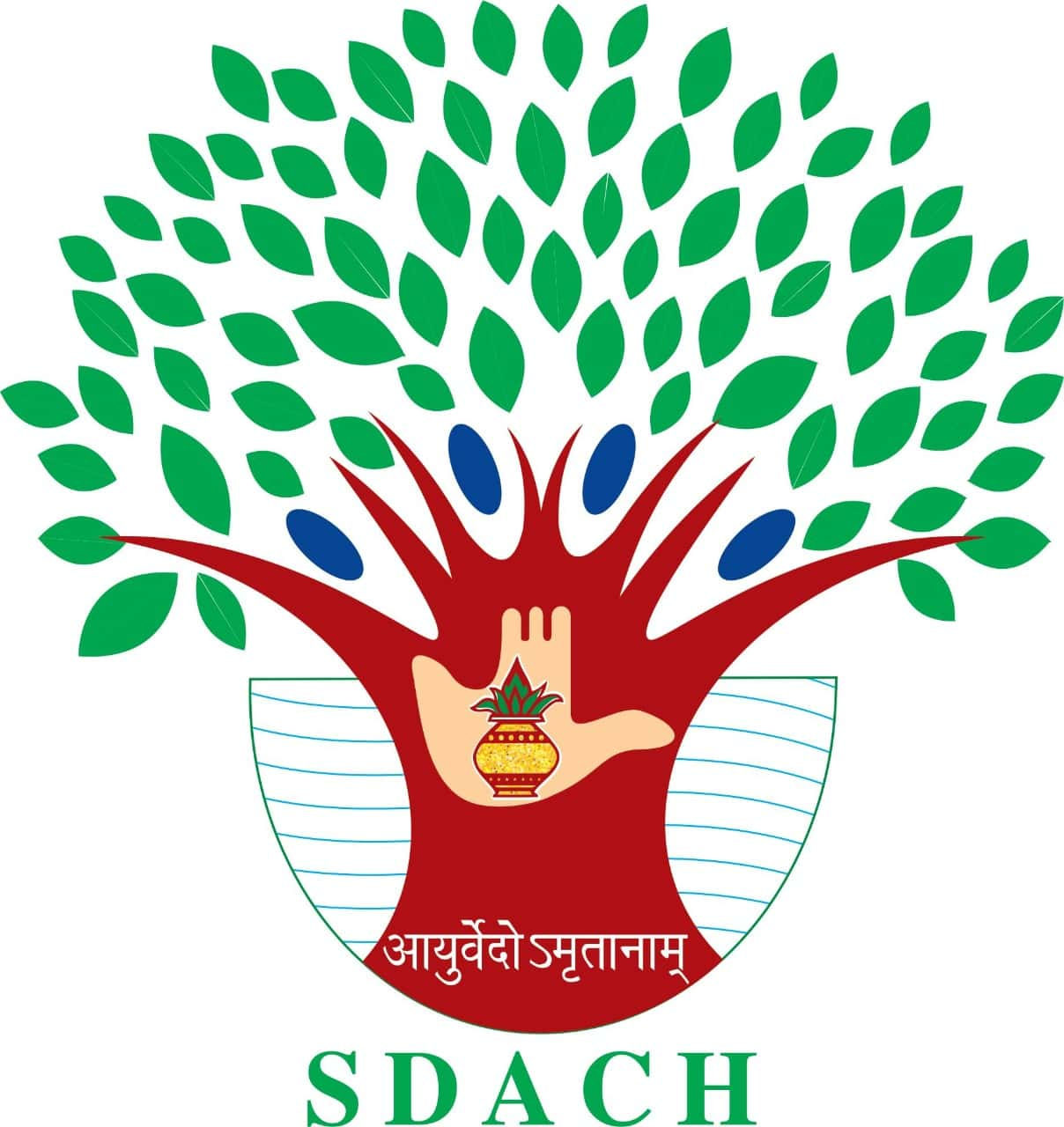Botanical Name : Ocimum kilimandscharicum Guerke.
Family : Labiatae; Lamiaceae
Identification No.: SDACH/HG/131
Introduction :
This plant have the smell of camphor, when leaves are crushed.
Names in different Indian languages :
English : Camphor Basil
Hindi : Karpura Tulasi
Kannada : Karpura Tulasi
Malayalam : Karpura Tulasi
Sanskrit : Karpura Tulasi
Tamil : Karpura Tulasi
Telugu : Karpura Tulasi
Synonyms :
Ocimum camphora Guerke
Morphology :
Branched, aromatic under shrub 30-50 cm high, sometimes woody, hairy.
Leaves—simple, opposite, ovate-oblong, – entire or subserrate. Petioles slender hairy
Flowers— very small, pale white, borne in terminal and axillary racemes.
Fruits— subglobose or broadly oblong nutlets.
Flowers and fruits almost throughout the year (mainly during September-February).
Distribution & Habitat :
Cultivated
Chemical constituents :
camphor, pinene, limonene, terpinolene, myrcene, beta-phellandrene, linalool, camphene, p-cymene, borneol and alpha-selinene
Karma :
spasmolytic, antibacterial, aromatic, antiviral
Indication :
Cough, ulcer, anorexia, infections
Part used :
Whole plant
Dosage :
Leaf juice 10-15 ml
Powder 2-4 g
Decoction 50-100 ml
Amayika Prayoga (Therapeutic Uses)
External:
The essential oil is applied topically for its antiseptic and analgesic properties.
Used in aromatherapy for respiratory relief.
Internal:
– Infusions made from the leaves are consumed to alleviate cough, cold, and
digestive issues
-Acts as a general tonic to boost immunity
IUCN
– Current Status:Not Evaluated (NE)
Research updates
Medicinal & Pharmacological Research (2020–2024)*
Climate Resilience & Cultivation Studies (2021–2024)*







